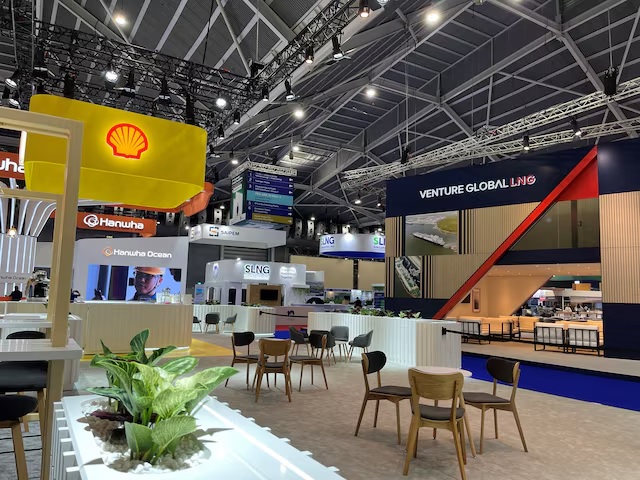JAPAN EDGES TOWARD RESTART OF WORLD’S LARGEST NUCLEAR PLANT

Niigata governor signals approval for Kashiwazaki-Kariwa
The governor of Japan’s Niigata prefecture is preparing to approve the restart of Kashiwazaki-Kariwa, the world’s largest nuclear power plant, according to local reports. The complex has been offline for years following the Fukushima disaster and subsequent safety overhauls. Japan’s regulator cleared the plant on stricter post-Fukushima standards, but political resistance and public anxiety kept it idle. A green light from the governor would mark a major shift in Japan’s energy mix, signalling that nuclear power is again being treated as a key tool for cutting fossil fuel imports and emissions.
Officials say any restart would still take time, as further inspections, upgrades and local consultations are completed. Supporters argue that nuclear plants provide reliable baseload power and can help stabilise electricity prices at a time of volatile global fuel costs. They also point to climate pledges: without nuclear, Japan must burn more gas and coal to keep the lights on, making net-zero targets harder to reach. Critics, however, stress that an accident at such a large facility would be catastrophic, and that evacuation plans and long-term waste management remain unresolved.
Asia’s climate goals and lessons for the region
Japan’s steps on nuclear are closely watched across Asia, where countries are juggling growth, energy security and climate commitments. For industrial exporters like Bangladesh, higher energy prices in major markets can hit demand for goods, but new investment in cleaner power abroad may also open doors for technology transfers and climate finance. Some Asian states are considering small modular reactors or new nuclear plants; others are betting instead on solar, wind and regional power grids. Japan’s decision will feed into those debates, reinforcing the message that there is no easy, one-size-fits-all path to decarbonisation.
Environmental groups argue that heavy investment in nuclear could crowd out faster, cheaper renewables. Business leaders counter that a diversified mix—combining nuclear, renewables and improved efficiency—is the safest way to keep grids stable in storms, heatwaves and fuel shocks. For Bangladesh and its neighbours, watching Japan navigate public opinion, regulatory trust and long-term risk may offer practical lessons as they manage their own mega-projects in energy and infrastructure. The choice Japan makes in Niigata will ripple far beyond one coastal prefecture.






















